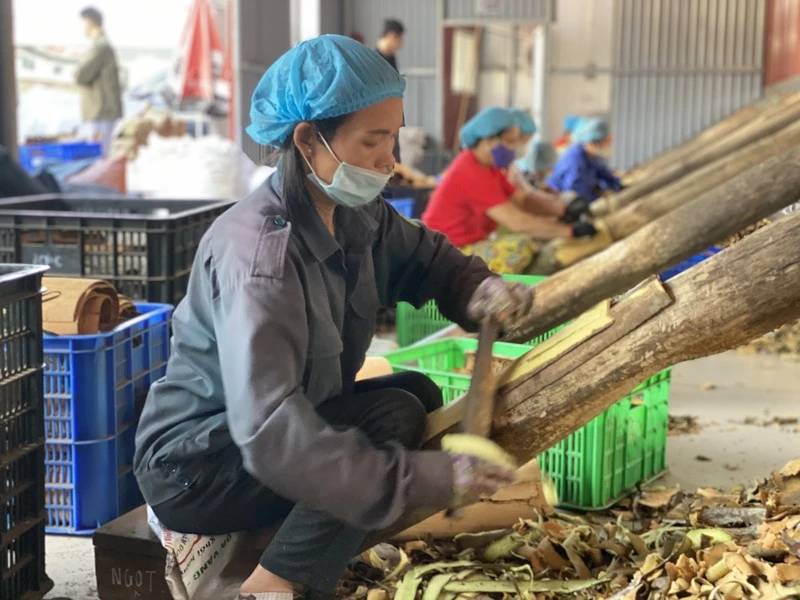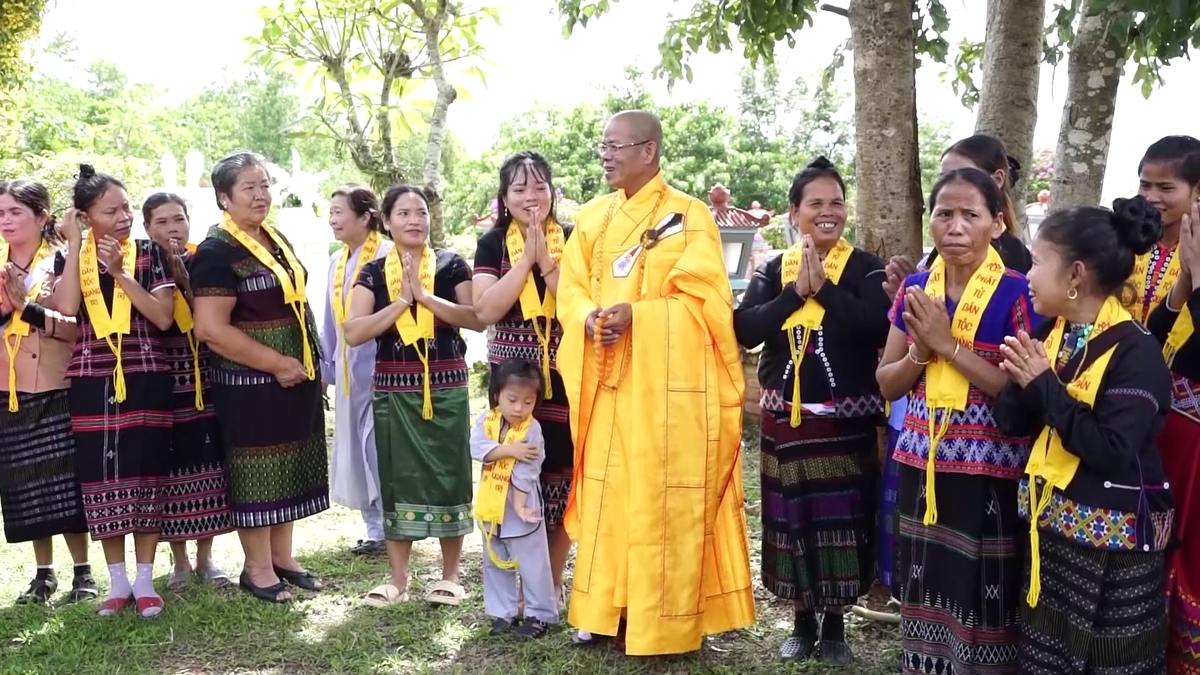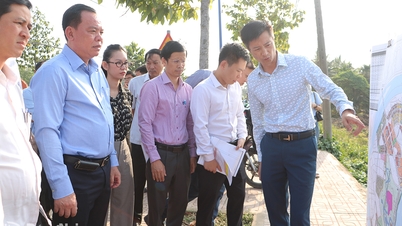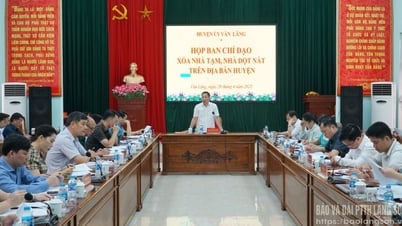
According to According to the National Office for Poverty Reduction, by the end of 2024, the poverty rate according to multidimensional poverty standards will be 1.93%, the poverty rate in poor districts will be 24.86%, the poverty rate of ethnic minority households will be 12.55% (down 3.95%), achieving the target assigned by the National Assembly and the Government.
The national target program for sustainable poverty reduction has invested in 2,716 new construction projects and 1,586 maintenance projects, thereby completing the synchronous infrastructure, promoting the development of production, business, services, and goods circulation, creating breakthroughs, creating development momentum, economic growth, and increasing income for people in poor districts and communes. Supporting the construction and expansion of more than 9,368 projects and models for the development of production, business, services, tourism, entrepreneurship, and business start-ups with 213,247 participating households.
Thereby achieving the goal of creating livelihoods, jobs, and sustainable income for poor households, near-poor households, and newly escaped-poverty households; people living in poor districts, especially disadvantaged communes in coastal and island areas...

However, despite the positive results, many experts believe that there are still some limitations such as: the large number of implementation guidance documents causing difficulties in the implementation process; the capital allocation of some localities has not yet met the requirements on time progress; many localities have proposed and approved a list of some scattered, fragmented and overlapping projects; in particular, the poverty reduction results are not sustainable because people are prone to falling back into poverty for objective reasons (climate change, natural disasters, etc.); the poverty rate between regions is still high, in addition, the rearrangement of units and organizations also causes difficulties for poverty reduction activities, etc.
To achieve the poverty reduction goal, according to Deputy Head of the National Office for Poverty Reduction Nguyen Le Binh, Vietnam needs to review and complete legal documents and guidance documents; focus on effectively implementing the goal of multidimensional, inclusive, sustainable poverty reduction, limiting poverty relapse and poverty generation; promote information, propaganda, and mobilization, clearly define responsibilities, obligations, and rights when participating to raise awareness, create consensus among the entire political system and people, and unleash potential and advantages in implementing the poverty reduction program.
Localities also need to focus on leading and directing the disbursement of central support capital to ensure progress and efficiency, avoid dispersion, loss and waste; prioritize funding for implementing goals and tasks under the program approved by competent authorities under the responsibility of local budgets.
Fully implement regular poverty reduction policies to provide comprehensive support to the poor such as: health insurance, tuition exemption, housing, vocational training, employment, preferential credit loans, electricity support, legal aid. Strengthen program monitoring and evaluation, perfect the management system of the National Target Program for Sustainable Poverty Reduction, connecting with the monitoring and evaluation system of national target programs to ensure compliance with requirements.
In addition to taking advantage of policies and capital from the central and local levels, it is also necessary to mobilize other social resources, organizations, units, and individuals at home and abroad through campaigns to support the poor... With policies and strategies from the central to local levels, the program will reap new successes so that people are supported, no one is left behind...
Source: https://baolangson.vn/phan-dau-ty-le-ngheo-multi-dimensional-ca-nuoc-binh-quan-o-muc-1-den-1-5-nam-5045621.html



![[Photo] General Secretary attends special art program "Spring of Unification"](https://vphoto.vietnam.vn/thumb/1200x675/vietnam/resource/IMAGE/2025/4/29/e90c8902ae5c4958b79e26b20700a980)
![[Photo] Ho Chi Minh City: People are willing to stay up all night to watch the parade](https://vphoto.vietnam.vn/thumb/1200x675/vietnam/resource/IMAGE/2025/4/29/cf71fdfd4d814022ac35377a7f34dfd1)
![[Photo] Ho Chi Minh City residents "stay up all night" waiting for the April 30th celebration](https://vphoto.vietnam.vn/thumb/1200x675/vietnam/resource/IMAGE/2025/4/30/560e44ae9dad47669cbc4415766deccf)
![[Photo] Demonstration aircraft and helicopters flying the Party flag and the national flag took off from Bien Hoa airport](https://vphoto.vietnam.vn/thumb/1200x675/vietnam/resource/IMAGE/2025/4/30/b3b28c18f9a7424f9e2b87b0ad581d05)

















![[Photo] Hanoi is brightly decorated to celebrate the 50th anniversary of National Reunification Day](https://vphoto.vietnam.vn/thumb/1200x675/vietnam/resource/IMAGE/2025/4/29/ad75eff9e4e14ac2af4e6636843a6b53)































































Comment (0)